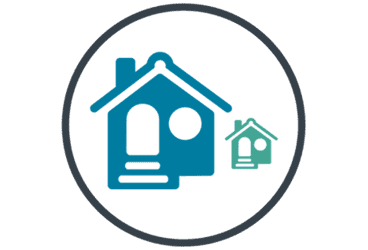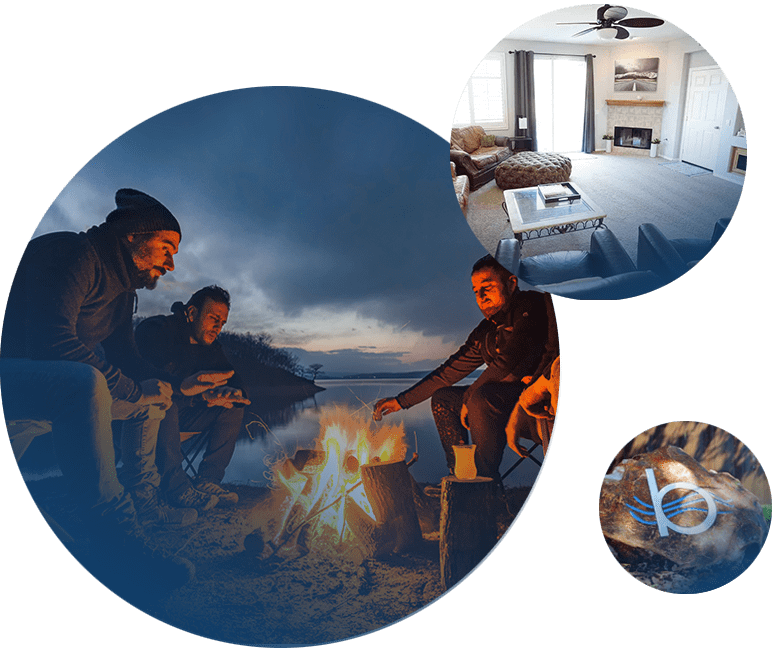


For many people with opioid use disorder, Medication-Assisted Treatment (MAT) such as Suboxone or Vivitrol is a lifeline to long-term sobriety. While MAT is not the best option for everyone, thousands of people across America have used it in one form or another to help put distance between themselves and their last use of illicit drugs.
MAT is considered an important tool for people with opioid use disorder. The recovery community has not necessarily embraced it as the go-to tool for addiction recovery, mainly due to worries about its safety. Many people who got sober without the aid of MAT may have reservations about its use. However, the FDA has recently recommended the use of agonist or partial agonist medications (methadone, buprenorphine) to support abstinence. Through this endorsement, more treatment centers have decided to add MAT as a tool for people new to recovery.
Like all treatment tools, MAT is an option, but it’s not the only way people can get and stay sober. We’re fighting a deepening opioid crisis, and treatment providers, as well as their clients, deserve to have as many tools at their disposal as possible. MAT definitely can provide a life-saving function for people who suffer from opioid dependence and addiction.
It is the role of the treatment providers and medical professionals to learn the facts about how medications work and find ways to support long-term recovery for individuals using these medications. This education on MAT includes those who run sober homes and housing programs for people in recovery.
According to data from 2018 gathered by the National Institute on Drug Abuse (NIDA), 128 people in the United States die from opioid overdoses every day. Medication-Assisted Treatment has helped thousands of people beat those odds by reducing cravings and assisting individuals to put more time between themselves and their drug of choice.
New guidance has been released by NIDA to help addiction treatment providers understand the ins and outs of prescribing and helping people use MAT as a part of their overall treatment plan.
While all treatment providers and sober housing professionals have their own programs that help them build a safe community, this information is vital to assisting professionals to make the right choice for their clients to begin their journey in recovery.
The guidelines brief attached can help sober living homes and other providers understand where MAT fits into an overall treatment plan. While MAT is still new to the sober housing community, it has been safely used in treatment facilities for a number of years. Understanding what role it can play will help housing communities draft their own policies based on science and information on treatment outcomes.
NARR's mission, according to their website, is "to support persons in recovery from addiction by improving their access to quality recovery residences through standards, support services, placement, education, research, and advocacy."
Now, more than ever, it’s important to have people in your life who support your recovery. Sober living situations are a great way to rebuild your life and adjust to working on your new goals. Learn more about how our sober home can help you in your recovery. Call us at 760-216-2077 to learn about housing options.
